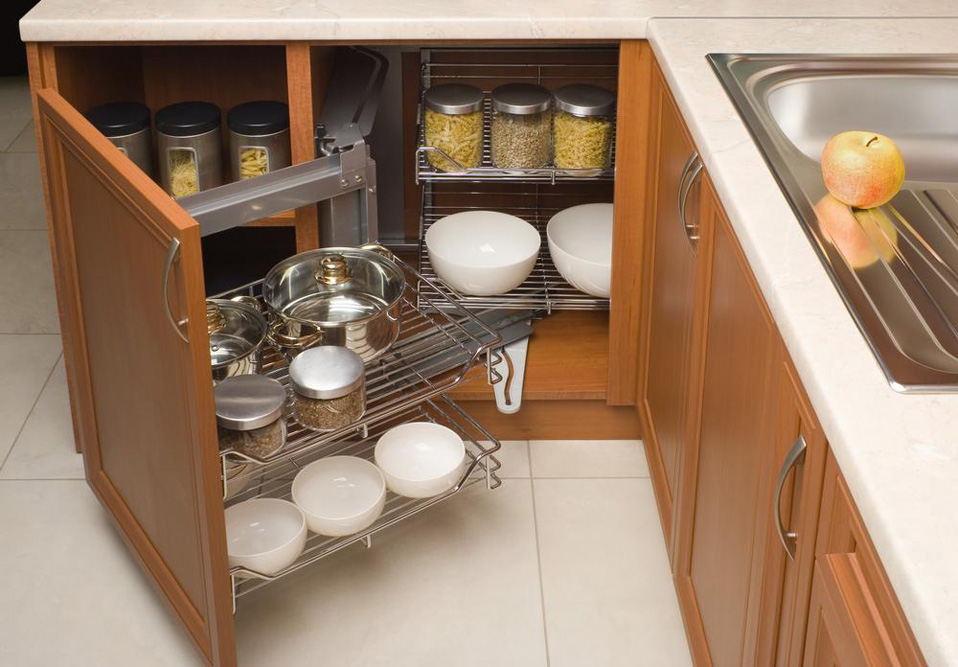Essential House Clearance Tips for a Stress-Free Process
This guide offers practical tips for a smooth house clearance process, covering planning, organization, disposal, and emotional support. Suitable for moving, estate management, or decluttering, it simplifies what can be a challenging task. With expert advice, you can manage your home clearance efficiently, reduce stress, and create a tidy, peaceful space aligned with your lifestyle. The article emphasizes proper planning, responsible disposal, and emotional resilience to ensure a successful clearance experience.

Guide to Effortless Home Clearance
What Is House Clearance?
House clearance involves removing unwanted items such as furniture, household appliances, and personal belongings. Reasons for clearing a property include moving, estate management, decluttering, or renovation projects.
Proper organization is key to a successful clearance.
Common Reasons for Clearing a Home
1. Moving or Downsizing: Clearing space when changing residence or reducing household size.
2. Handling an Estate: Clearing a loved one’s property after their passing.
3. Reducing Clutter: Creating more space or adopting a minimalist lifestyle.
4. Renovation Preparation: Clearing before renovation projects to ease the process.
Preparing for Your Home Clearance
Effective preparation ensures an efficient clearance. Follow these steps:
1. Determine the Scope
Assess whether you're clearing a few rooms or the entire house to plan your resources better.
2. Make an Inventory
List items to keep, donate, sell, recycle, or discard to stay organized and avoid losing valuable possessions.
3. Plan Your Timeline
Allocate enough time to sort items thoroughly, avoiding rushed decisions and reducing stress.
4. Gather Supplies
Collect boxes, packing materials, labels, and markers for efficient sorting and organization.
5. Consider Professional Help
For large-scale clearances, hiring experts can ease heavy lifting, proper disposal, and valuation of valuables.
Organizing and Sorting Items
Sorting can be the most labor-intensive part. Use these tips:
1. Categorize
Divide items into groups: keep, donate, sell, recycle, or dispose of to streamline decisions.
2. Use Four-Box Method
Label boxes as "Keep," "Donate," "Sell," and "Trash," placing items accordingly as you go through each room.
3. Be Objective
Avoid sentimental decisions; if unused for over a year, consider donating or selling.
4. Donate Responsibly
Ensure items being donated are in good condition, supporting charities and nonprofits that accept usable goods.
Selling Valuable Items
Selling high-value belongings can offset clearance costs or generate profit. Use platforms like eBay, Facebook Marketplace, or local garage sales. Consignment shops are also viable options for antiques and furniture.
Disposal and Recycling
Proper disposal is crucial. Local council bulk collection, skip hire, and recycling centers are effective ways to manage waste safely and legally.
Addressing Emotional Challenges
House clearance can be emotional. Take regular breaks, seek support from friends or family, and consider professional assistance for estate clearances to ease emotional stress.
With strategic planning and support, house clearance need not be overwhelming. Follow these steps to navigate the process smoothly, ensuring a clean, organized space that fits your current lifestyle.










